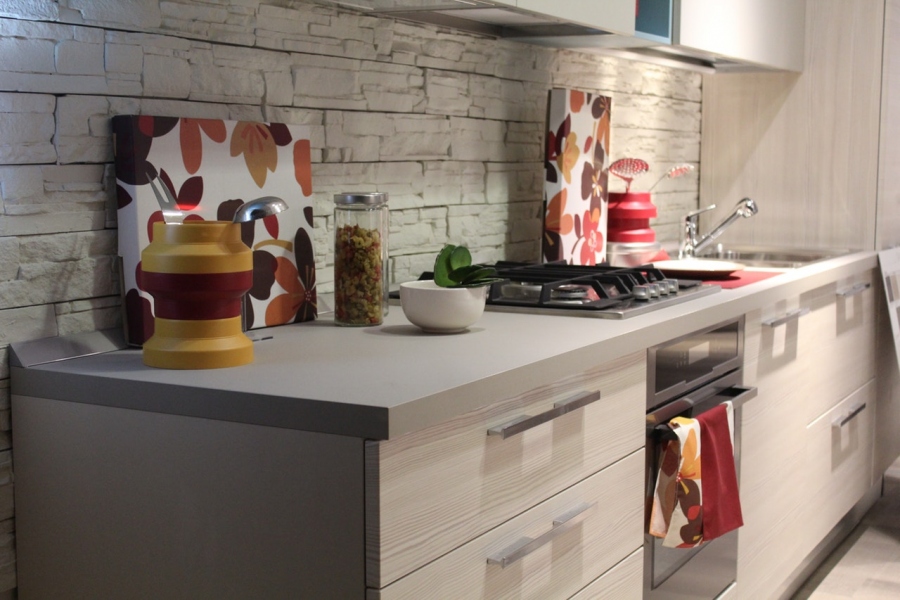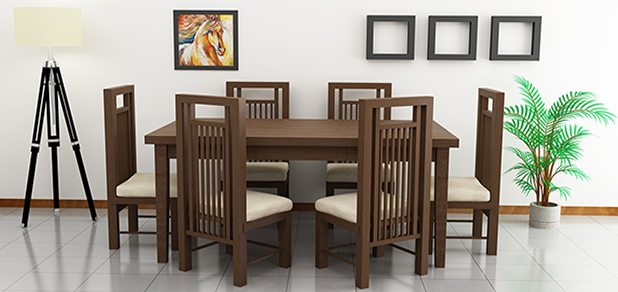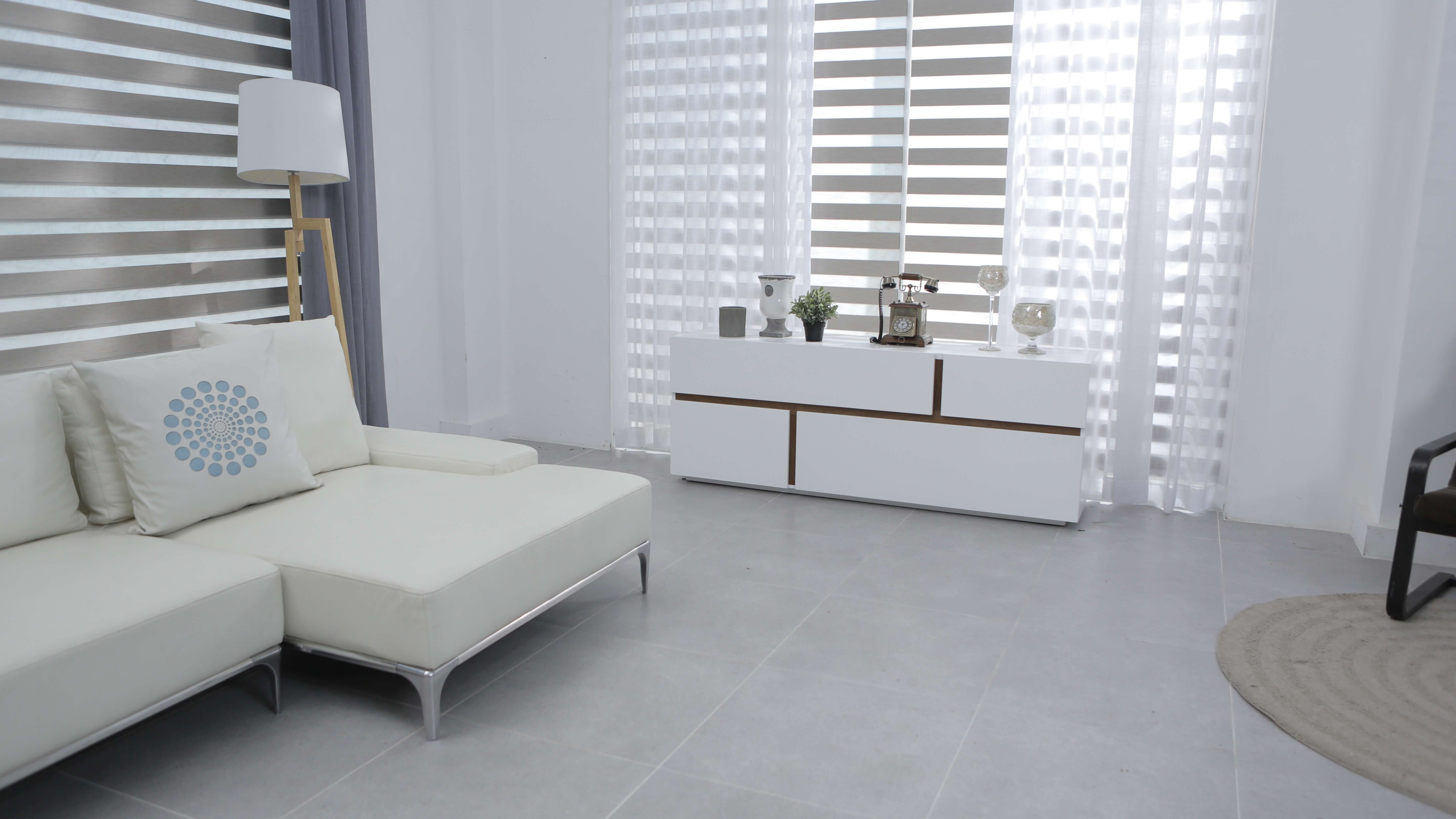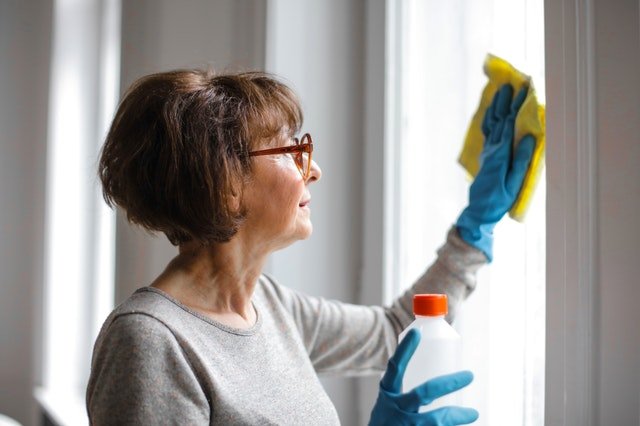The kitchen is without a doubt the most happening room in a house and is, therefore, an essential room as well.
However, not every kitchen can be fully functional and efficient unless they have some crucial appliances. If you are in the process of setting up a kitchen in your home, then today we bring you a list of the top 4 must-have devices in every kitchen.
Top 4 Must-Have Appliances in Every Kitchen:
Cooktops
A cooktop is an essential appliance in any kitchen. As there are lots of options available when it comes to cooktops and ovens, most of us get confused on which one to buy.
The fuel used is one of the most important aspects to think about while choosing a cooktop. There are latest gas cooktops, radiant cooktops, and induction cooktops that are available in the market. Out of all the three, induction cooktops are the most energy efficient, however, you need to use only cookware with a high level of ferrous metal content to be able to transfer the heat to the cookware. Both induction and radiant cooktops offer a clean and modern look to the kitchen as they can be installed without any visible parts on the outside.
Gas cooktops, on the other hand, are cheaper and quite easy to install, however, is harder to clean than induction and radiant cooktops.
Ventilation Hoods
Most of us think that the only purpose of a ventilation hood is to remove the heat and steam from the kitchen.
Well, even though it is the primary objective of having a ventilation hood, it also helps in removing the grease and fat content in the kitchen air, thus helping to keep the appliances, cabinet, walls, and roof of the kitchen free of oil.
The efficiency of a ventilation hood depends on how much air it can move through the hood per minute. It is measured regarding Cubic Feet per Minute or CFM. To put it in perspective, for a kitchen with a four-burner cooktop setup, a ventilation hood that has a rating of 400 CFM or above is recommended.
You can either opt for a duct-free, recirculating or externally ducted ventilation system. As an externally ducted ventilation system pulls out the hot kitchen air all push it outside the house, it is the most efficient one. However, implementing an externally ducted ventilation system hugely depends on your home layout.
Refrigerators
A refrigerator is another vital appliance in every kitchen. Freestanding, Fully Integrated (Columns), and Inbuilt refrigerators are three of the most common types.
Freestanding refrigerators are the ones that we see in most homes, which are a standalone appliance that offers high capacity and are easy to relocate.
Inbuilt refrigerators usually come with a size that comfortably fits within countertop depths to provide a seamless look. Fully integrated refrigerators are wholly flushed into the design of the kitchen and can be hard to distinguish from the rest of the cabinetry in the kitchen. Check all reviews for the best refrigerators in Australia.
Dishwashers
Just like refrigerators, dishwashers can also be bought as a separate appliance or can be installed flush within the cabinet of your kitchen.
While choosing a dishwasher, look out for the rack types that are featured within the dishwasher and also look out for the sound rating of the dishwasher. Dishwashers tend to produce quite some sound while working, so to avoid any annoyances, pick one with the least decibel rating.
Also, if you will be using the dishwasher quite frequently, then you should also check out the energy star rating and pick the most efficient one to make sure that you do not incur a hefty electricity bill for using the dishwasher.
Final Words:
We hope that the above article on the appliances that every kitchen must have was informative. In case you would like to give some input for this article, feel free to leave a comment below.
Read Also:






















